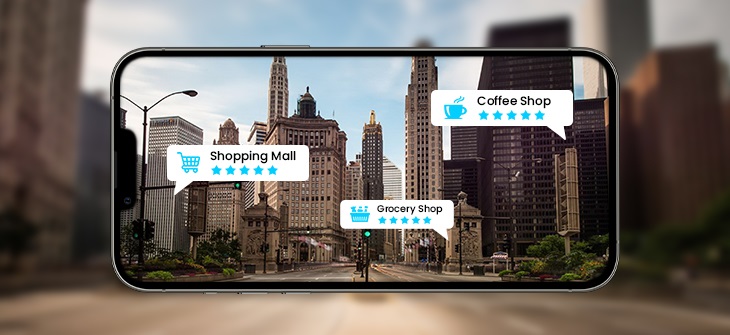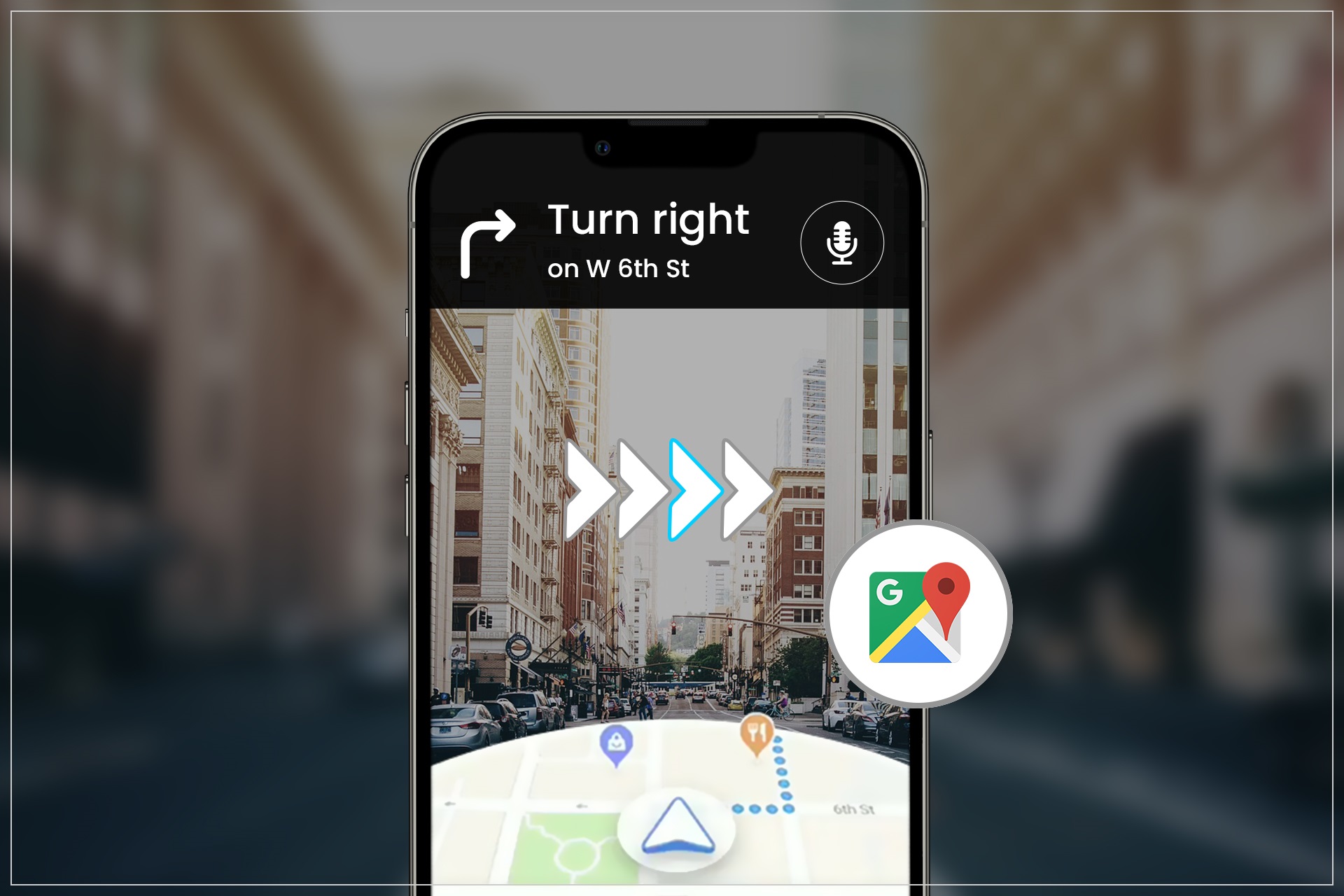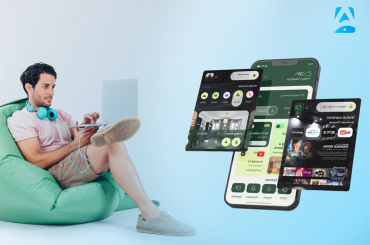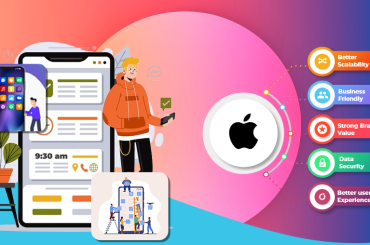A Visual Positioning System (VPS) is a tool that uses computer vision methods to pinpoint a device’s exact location and orientation. Numerous applications, including augmented reality, robotics, and driverless cars, are possible with it. VPS typically operates by examining photos taken by a device’s camera and comparing them to a database or map of visual information that has already been created. A VPS can accurately establish a device’s position and orientation by recognising and matching recognisable objects in the environment, such as structures, landmarks, and natural features.
How Visual Positioning System Work?

In order to pinpoint a device’s location in relation to well-known landmarks or other elements in the environment, a Visual Positioning System (VPS) leverages the camera and computer vision algorithms on the device. It compares the camera’s field of vision features—such as points, lines, and edges—to an environment database or map that already exists. As a result, the device can pinpoint its location very precisely, frequently to within a few centimetres. Numerous applications, including augmented reality, robotic navigation, and autonomous cars, can make use of VPS.
How to Use Visual Positioning Systems for Business?
Visual positioning systems (VPS) can be used by companies in a variety of ways to boost customer satisfaction and operational efficiency. Several instances include:
Retail: In shopping centres, airports, and other sizable public venues, VPS can be utilised to offer clients indoor navigation and location-based information.
Logistics: By enabling real-time asset and product location tracking, VPS can be utilised to enhance warehouse management.
A customer’s location within a store or shopping centre can be utilised to offer location-based adverts and promotions to them.
Construction and surveying: VPS can be used to map out the site and keep track of the whereabouts of people and equipment.
Real state: Virtual property tours can be made using VPS, enabling prospective buyers to inspect houses more closely and distantly.
VPS can be used to offer location-based services, increase productivity, and develop new revenue streams across a range of businesses.
How VPS Can Augment the World?
Visual positioning systems (VPS) can improve the world by giving users access to detailed, location-based knowledge and experiences. Here are some instances of how VPS might improve things:
Augmented Reality: VPS can be used to give consumers virtual content and location-based information in actual locations. This may include details about products, history about the past, and virtual tours.
Turn-by-turn directions can be provided inside buildings and other big structures, such malls, airports, and hospitals, using VPS.
VPS can be used to send customers location-based advertisements and promotions based on where they are in a store or shopping centre.
Gaming: Location-based gaming scenarios that take place in the real world can be created using VPS.
Automotive: VPS can be utilised for localization and navigation in autonomous vehicles.
Asset Management: In real-world settings like warehouses and building sites, VPS can be used to track and manage assets.
Responding to an emergency: First responders and rescue teams can use VPS to locate and navigate during an emergency.
VPS can be utilised to improve user experience and offer useful information in real-world settings overall. VPS technology can generate new prospects for enterprises and revenue streams by incorporating it into a variety of applications.
Advantages of the Visual Positioning System
A system called a visual positioning system (VPS) uses visual data to establish the position and orientation of a device. Among the advantages of VPS are:
High accuracy: Even in locations where GPS signals are poor or nonexistent, VPS may offer extremely accurate location and orientation information.
VPS can be utilised for indoor navigation, which is challenging with conventional GPS.
Augmented reality: By accurately describing the location and orientation of the device, VPS can be used to improve augmented reality experiences.
Low cost: A camera and CPU, two pieces of hardware that are commonly found in devices and applications, can be used to implement VPS.
Low power consumption makes VPS more suitable for battery-powered devices because it can consume less power than conventional GPS.
Robustness: VPS may continue to function in locations with weak GPS signals, such as in cities with tall buildings or underground, and is more resistant to interference.
Why a Safe Visual Positioning System?
Visual signals are used by visual positioning systems (VPS) to locate a device. They are often utilised in enclosed spaces where GPS signals might not be present or trustworthy. A VPS’s security depends on how it is implemented specifically and what security precautions are used. When data is transmitted using encrypted communication, secure access restrictions are in place to prevent unauthorised access, and safeguards are in place to prevent tampering with or spoofing of visual cues, a VPS may be deemed to be secure. Furthermore, if the system is made to operate in a closed setting, like a private facility, it can provide a layer of protection by allowing only authorised people to enter the area.






